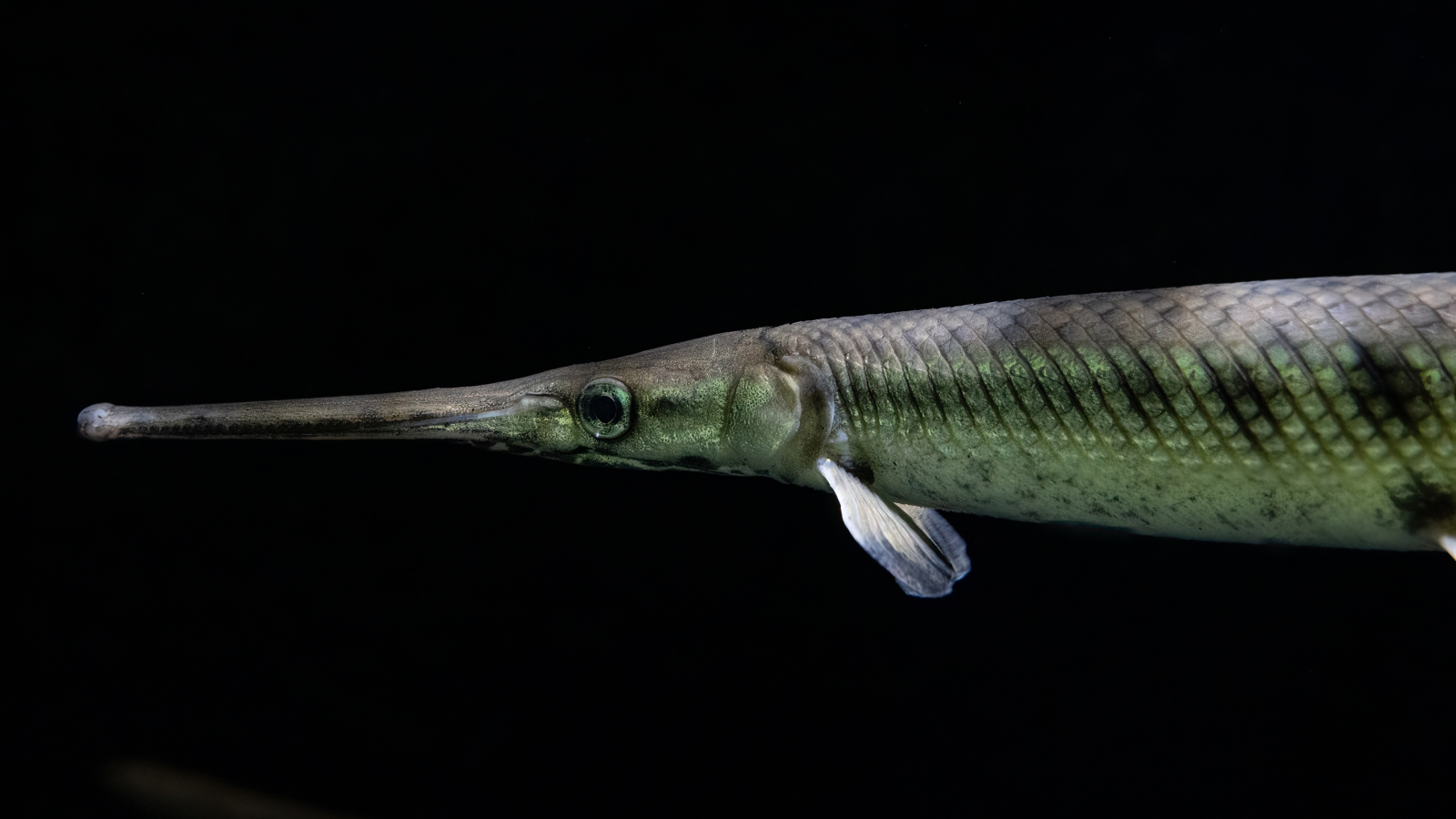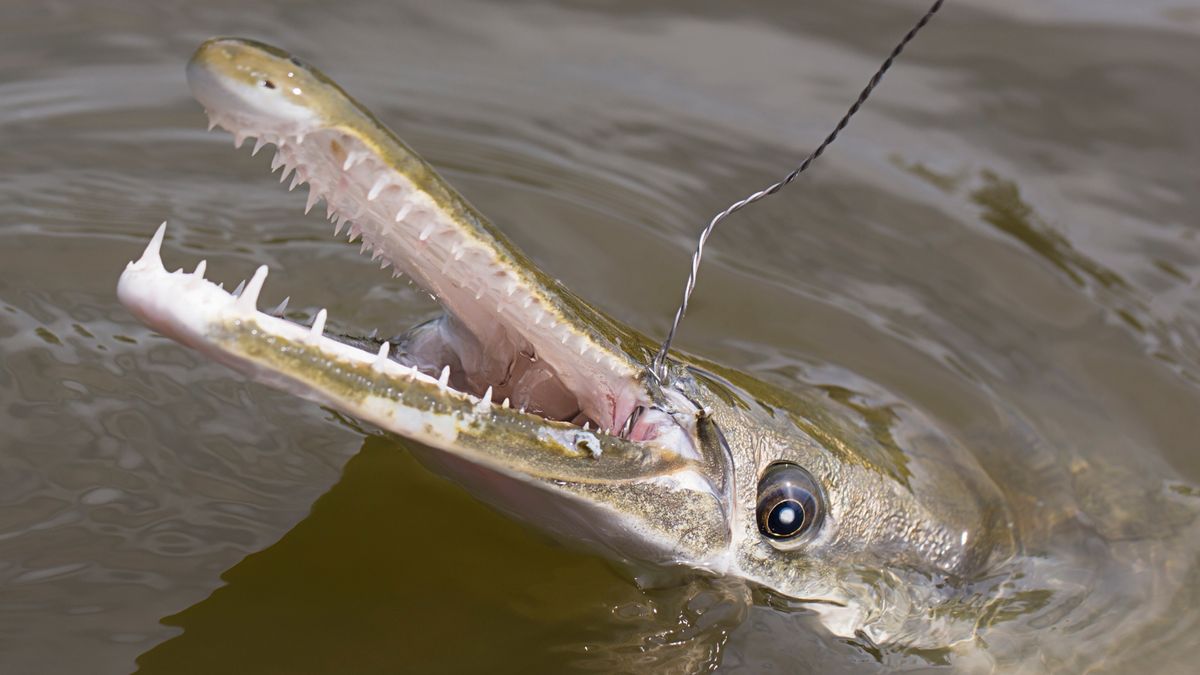Gars are the ultimate living fossils, having changed at an incredibly slow pace since their ancestors emerged during the dinosaur age 150 million years ago, scientists have revealed. This leisurely rate of change means these prehistoric fish have the slowest rate of molecular evolution among all jawed vertebrates.
The gar (family Lepisosteidae) lineage stretches across millennia, with the most anatomically modern species occurring in the fossil record during the late Jurassic period (163.5 million to 145 million years ago). Seven living species inhabit the lakes and rivers of North and South America, while one species occasionally ventures into marine environments as well.
In a new study, published in the journal Evolution on March 4, scientists examined gars and other species referred to as living fossils — organisms that have remained the same over long periods of time.
The term is contentious because while many such species resemble their fossil relatives, they have actually undergone evolutionary changes, even if they are not immediately evident. To be a living fossil, an organism needs to have ancient common ancestry with extinct lineages, have changed little in physical form from fossil relatives and diversified into a relatively small number of related species, lead author Chase Brownstein, a first year graduate student at Yale, told Live Science.
Related: 12 ‘living fossils’ that look the same now as they did millions of years ago
The researchers used computer analysis to study gene sequences that were retained from common ancestors — known as orthologs — which revealed the rates of gene substitution or mutation over time.
“Once a mutation fixes and changes a particular DNA sequence, it becomes a substitution,” Brownstein said.
The study found that some animals that are considered living fossils, such as the tuatara (Sphenodon punctatus), the coelacanth (Latimeria chalumnae) and the hoatzin (Opisthocomus hoazin) are different from their fossil relatives in significant ways, though they have retained many of their characteristics.
Gars and the related sturgeons, however, appear to have evolved at even slower rates.
Of the 471 species surveyed, gars and sturgeons had the slowest rates of substitution. Gars seem to evolve at rates of up to three orders of magnitude slower than any other living vertebrates.

Longnose gars (pictured) can hybridize with alligator gar despite having separated 100 million years ago. (Image credit: J.A. Dunbar/Shutterstock)
Substitutions result in physical changes. The low rates of substitution in this group of fish thus correspond to low rates of speciation — meaning the lineage has not diversified into huge numbers of new, physically distinct species as other groups have. Instead, the few species that have emerged have remained stable over long periods.
They have evolved so slowly, that two species separated by 100 million years of evolution can still interbreed. Alligator gars (Atractosteus spatula) and longnose gars (Lepisosteus osseus) are known to hybridize in the rivers of Texas and Oklahoma. Other gar species have produced hybrids as well.
“That would essentially be the equivalent of people and wombats [producing hybrids],” Brownstein said, referring to the amount of time since the two species diverged.
Even more strangely, these hybrids are often fertile. Naturally occurring and artificially induced hybrids are sometimes sterile, even when more closely related — as in the classic case of the mule (Equus asinus × caballus), a hybrid between a horse (E. caballus) and a donkey (E. asinus).
Interestingly, long-nosed and alligator gars do not appear to have hybridized significantly over the course of their evolutionary history, despite having shared the same environment for around 55 million years. Hybrids may occur now because the two species are forced to share spawning grounds in certain river floodplains, according to the study.
Brownstein said the research has raised further questions about how exactly the genomes of gars and other living fossils have remained so stable.
“There’s a mechanism behind the low substitution rate as well,” he said. “There’s some sort of apparatus that we think is probably related to DNA repair.”


